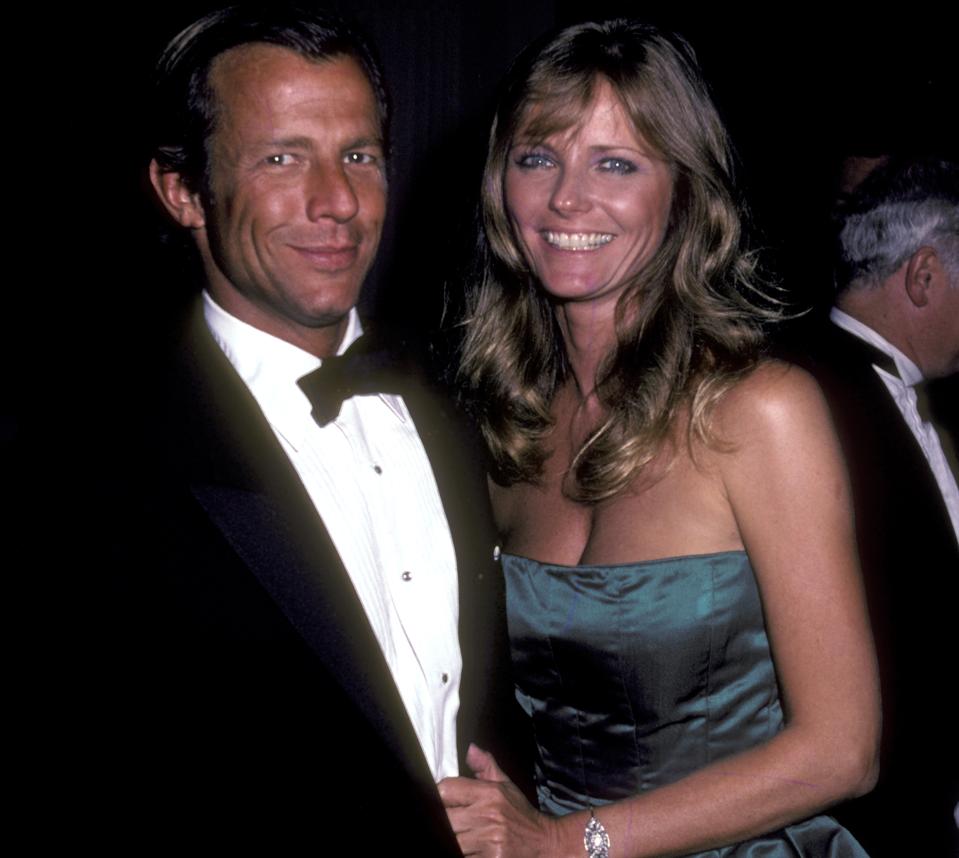On Sunday, April 15, photographer and artist Peter Beard was found dead in the woods near his home in Montauk, New York. He was 82 years old and had been suffering from dementia.
I had the great pleasure of knowing and working with Peter throughout my career. Prior to meeting him, I was already a fan, well aware of his work as a photographer, artist, naturalist, and husband of supermodel Cheryl Tiegs.
In the early 1990s, I returned to New York City from a my life adventures of living in Paris and Africa. The first job I had was at Esquire magazine as an assistant fashion editor, where I first got to work with Peter.

One editor I worked with back then was Anne-Laure Lyon, who had ties to some of the best artists on the planet. Peter and Ann had a close working relationship and created fashion editorial like I had never seen before.
At the time, they had just returned from a fashion shoot on Peter’s Hog Ranch just outside of Nairobi. They styled the models and equally styled the Maasai tribe. It was a menswear publication but Peter always made sure that top female models were on set. Peter never liked photographing men—he once told me so. The only male model Peter liked to shoot with was Marcus Schenkenberg. Marcus was an adonis as well as the number one male model in the world at the time. He told me that he liked Marcus because Marcus could handle having a beautiful women in his arms with no fear. Marcus was in control and Peter liked that type of image. All he ever wanted to shoot were beautiful woman; he always said that women were the last beautiful thing left in the world.
I remember producing another shoot in Las Vegas with models Mark Vanderloo and Shana Zadrick, and a New York nightlife drag queen Candice Cane. For that story, Peter—who was famous for his safari photographs in Africa—had the idea of taking the viewer on a wild visual journey through the bright lights and sexual promiscuity in Sin City. The shoot started out just fine until we were asked my management at the Mirage hotel to leave because we had been too noisy and out of line. Peter had a hard time following rules.

Years after I left Esquire, I hired Peter throughout the years on several fashion and celebrity editorials. He taught me so much. He had amazing stories about Truman Capote, Diana Ross, Lee Radziwill, The Rolling Stones, and so many other famous friends. I remember once sleeping over at his home in Montauk; when I woke up, I saw a painting of Peter by artist Francis Bacon above my head.
Among the treasures I have from Peter are a signed copy of his photography book The End of The Game, first published in 1965. The book is a collection of his diary-like text and photographs, documenting Africa’s imperiled wildlife including gruesome photographs of dead animals. He also gave me a photo of a giraffe signed and painted. I cherish it to this day.


